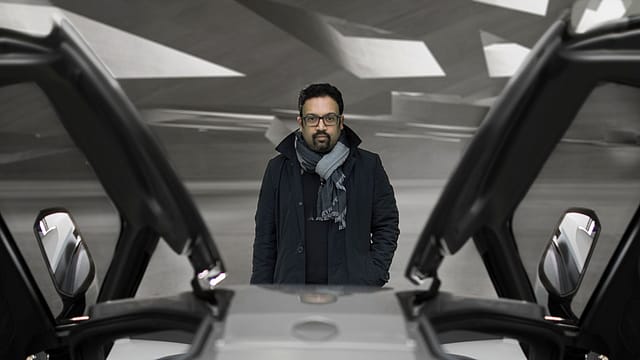Redesigning Tata Motors for millennials
ADVERTISEMENT

At a time when the Indian automotive industry is going through a massive technological churn, carmakers need to adapt to fast changing market trends. One of India’s largest carmakers Tata Motors wants to stay ahead of the curve and design for the millennials—something that the company was struggling with a few years back.
In India, the company is on top of its game in the passenger and commercial vehicle segment. Even while the industry grew by 2% last month, Tata Motors posted a growth of 11% on the back of its new launches—Tiago, Nexon, and Tigor.
Pratap Bose, global head of design, Tata Motors, talks to Fortune India about what makes the company tick in the face of constant disruption. Edited excerpts:
What does it mean to design for the millennials?
Millennials are very brand-aware and brand conscious. Our efforts first start at the brand building level. One of the most powerful manifestations of the brand is actually the product itself. In the last 3-4 years, there has been a lot of focus on getting the product design right. Millennials almost live on their mobile phones. So, anything new that comes out, they will see it on their phones first. This 4 or 5 inch screen is all the real estate you have to make a convincing visual statement. When they are exploring things on their mobile phones, it’s a very visual world. So, first we have to make sure that the cars look great.
January 2026
Netflix, which has been in India for a decade, has successfully struck a balance between high-class premium content and pricing that attracts a range of customers. Find out how the U.S. streaming giant evolved in India, plus an exclusive interview with CEO Ted Sarandos. Also read about the Best Investments for 2026, and how rising growth and easing inflation will come in handy for finance minister Nirmala Sitharaman as she prepares Budget 2026.
Your last few launches in the passenger vehicle (PV) segment have been very successful. What was the thought behind it?
When we started thinking about these cars, we noticed two things: one was declining volumes and we had lost what I call ‘mind share’. Were we in the consideration set or not? One was to get into the mind share and the second was to expand. You also have to bring new types of customers to your brand. These were the considerations when we started the design process. We had to break a lot of barriers internally as well to do that. The whole focus was to get the right balance of the feature vs price vs design. Today, we are not only within the consideration set, we are amongst the top ones.
What is it that millennials looks for in a car?
They look for infotainment and connectivity. In every segment, we have a product which is head and shoulders above the competition. For example, working so closely with a sound system manufacturer is something very new to the automotive industry, certainly in India. We work with Harman for audio in the car. They help us in exactly where we should locate our speakers, what should the material be so that we get the best sound output in our car. We work very closely with their technical team on the acoustics of our cars.
Connected cars are going to be big in the future. What are your efforts to bring this technology closer to home?
Connectivity means many things. One is (connecting) you to the car and the other is the car to the rest of the world. So how do you connect to the car? Mirroring your apps or maps on the screen is very important. Most of us feel uncomfortable when we are disconnected. Connectivity means convenience features. You should be able to control the audio system through you mobile phone. Wireless charging is coming in now. These are the areas where we have put a huge amount of stress beyond just design.
How has the Indian consumer evolved in last few years and how does Tata Motors keep up?
The Indian customer is very demanding and we can see that as lot of overseas original equipment manufacturers (OEMs) struggle to satisfy Indian customers. One is a pure physical level—what the dimension of the car should be. Indian customer demands space even if the car is small and Tata Motors is known for space inside the car. So, we take that very seriously. Then there’s a psychological aspect as well. A car to an Indian customer is still very aspirational at any price point, at any size. It's not just a basic mode of transport.
